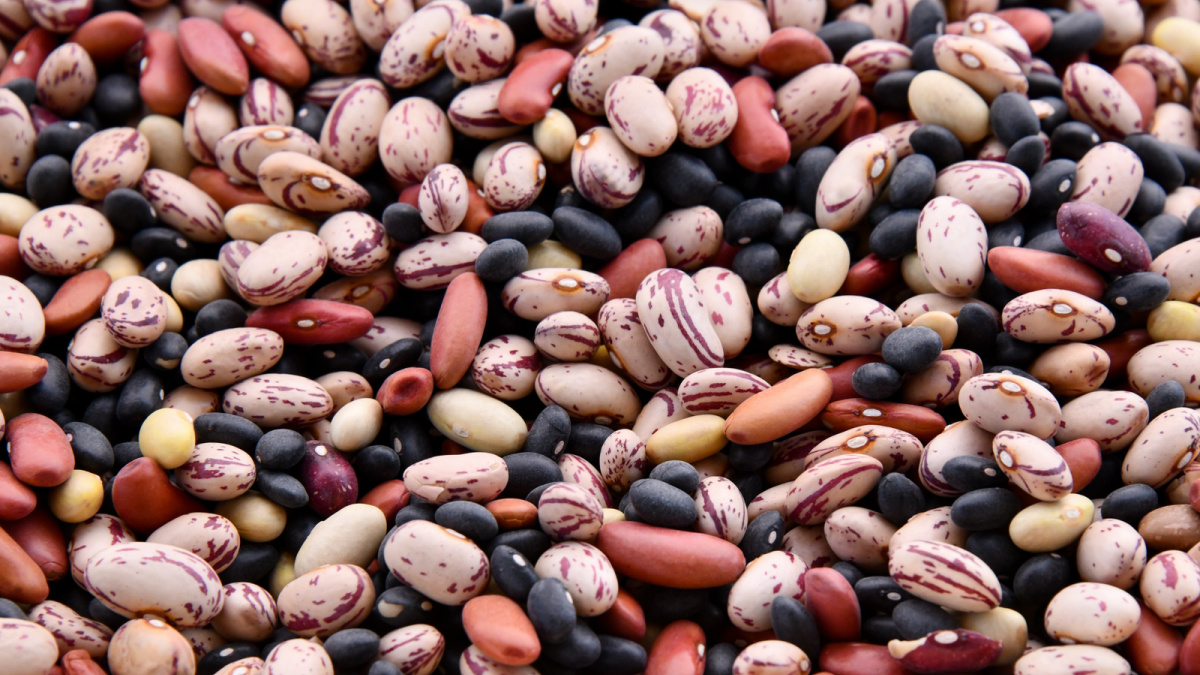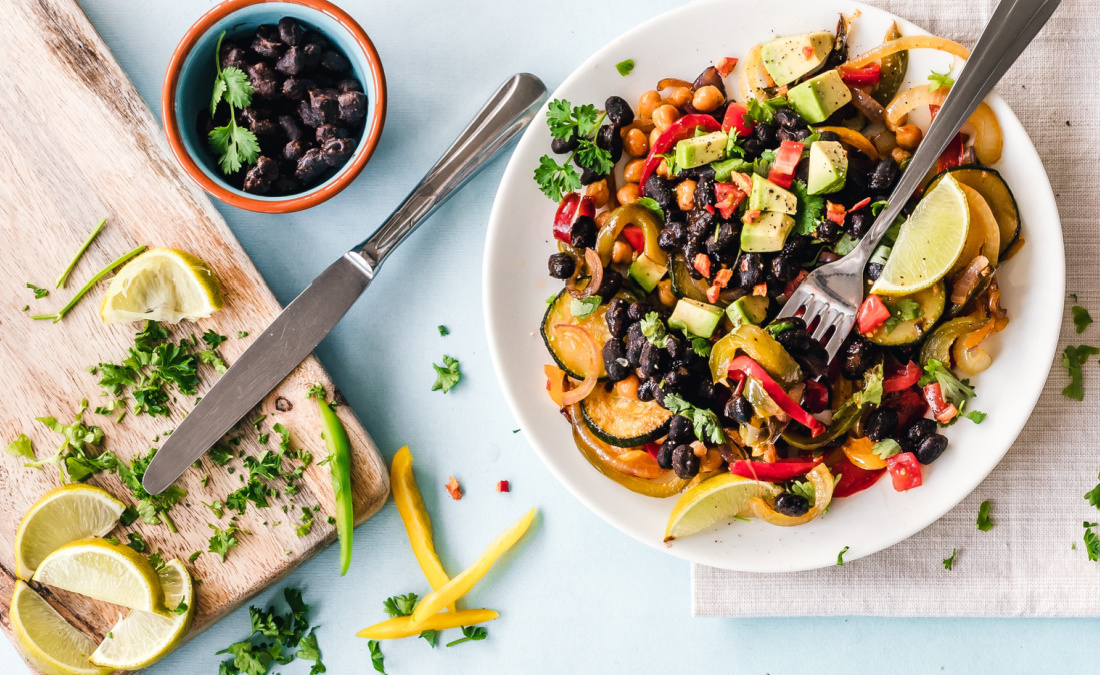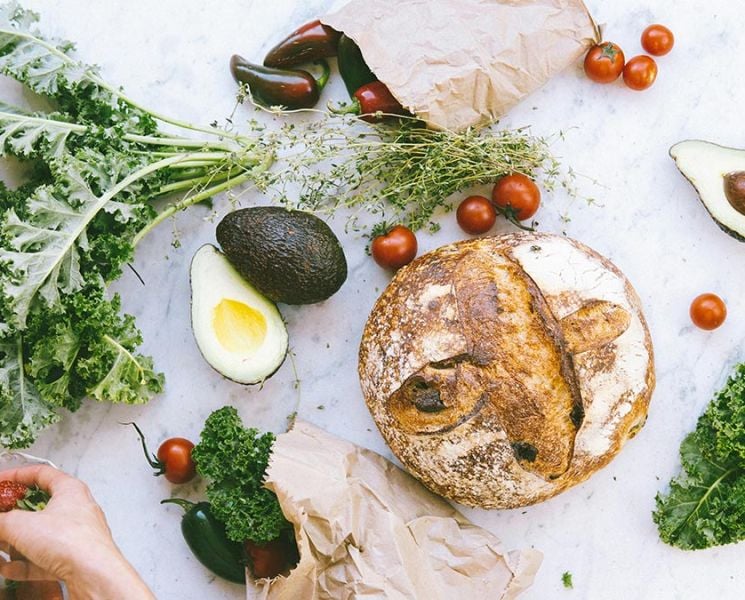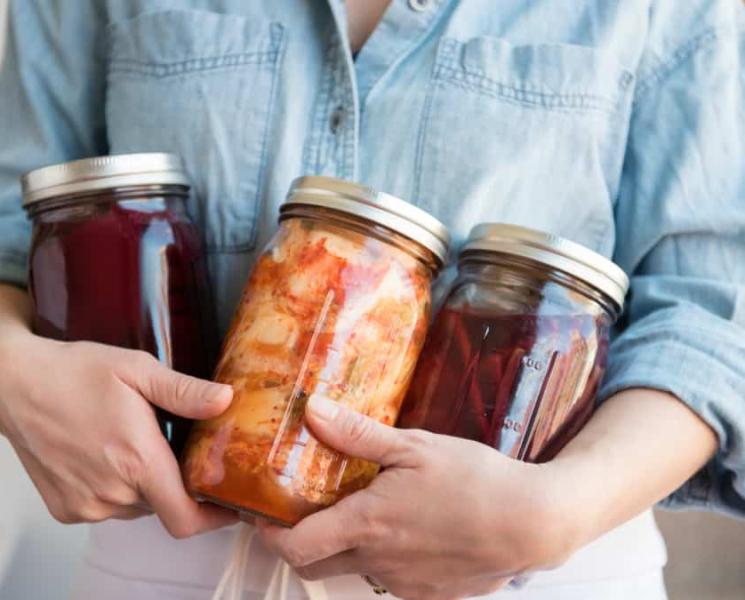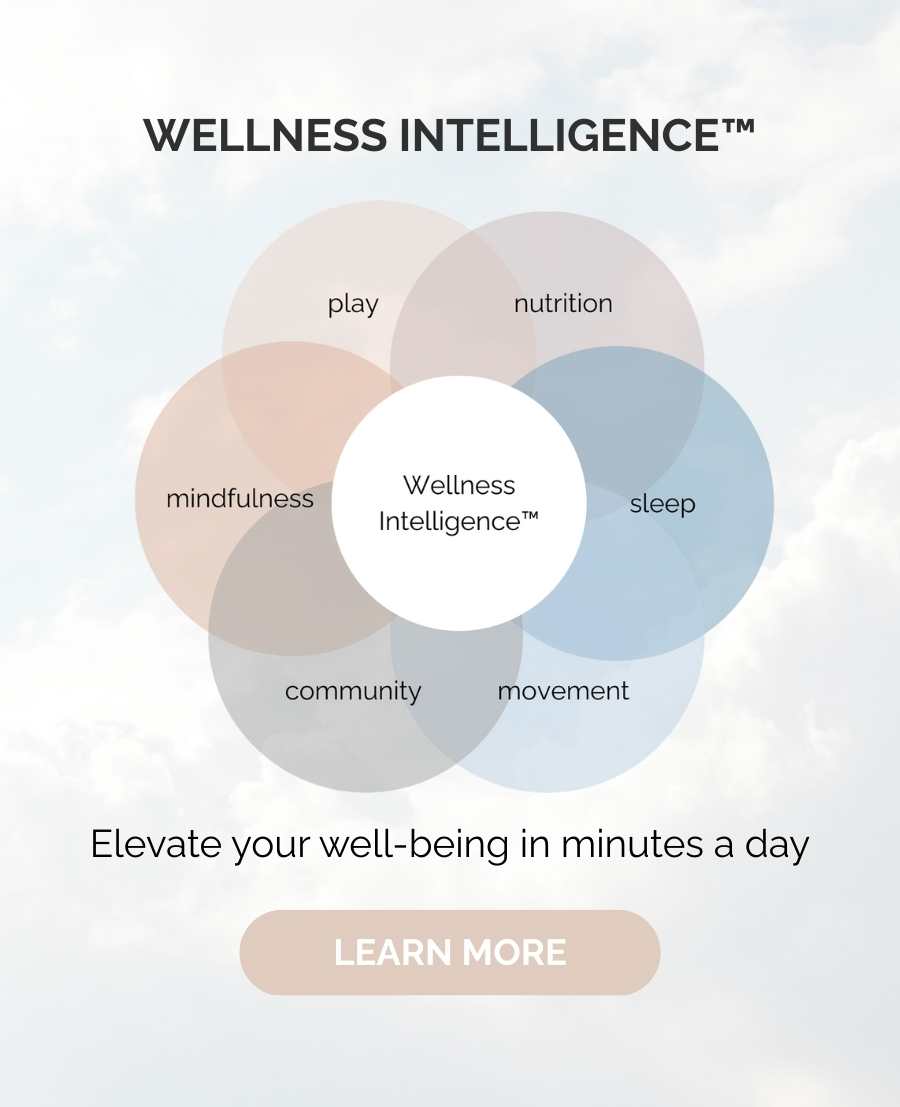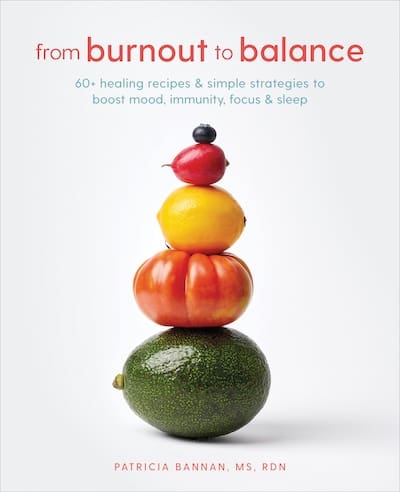If you’ve ever wondered if beans are healthy, this guide will leave any confusion behind. Learn how to incorporate these 10 healthy and delicious beans into your meal rotation.
Beans, beans, the magical fruit! There’s nothing more versatile than beans, especially when you need a quick and tasty meal in a pinch. Toss them into a salad, stir them into a soup, or mash them into a dip—there’s no shortage to the ways you can enjoy beans.
Where Do Beans Come From?
Although there are many varieties, from black beans to kidney beans, they all come from the Fabaceae family. Legumes—such as peas and lentils—are also found in this family. Also, the Latin word faba, for bean, is actually where we get the fava bean’s name from!
All beans are part of the legume family. But because legumes refer to a plant that produces a podded fruit, not all legumes are beans. Curious about this difference? Read more about the difference between legumes, beans, and pulses.
Many beans, such as the black bean and the pinto bean, originated from South America. However, beans such as the pigeon pea originated in India, where they are essential for certain lentil dishes.
How Should I Eat Beans?

Are beans healthy? Are canned beans healthy? How about refried beans? The ancient Pythagoreans didn’t think beans were healthy and refused to eat them, but today we know that they make a great addition to any diet. There are many different ways to enjoy beans—so let’s start with the basics!
Dried
The most common ways to purchase beans are canned and dried, though in the case of green beans and pigeon peas, you can also find them fresh. Dried beans, as one study discusses, are high in fiber and have a low glycemic index. However, they must be soaked prior to cooking and eating.
Canned
Canned beans, in contrast, are already cooked, though they tend to contain higher levels of sodium. However, by rinsing canned beans you can reduce the sodium content by up to 40 percent, or you can purchase low-sodium canned beans.
They are a convenient and time-saving option. Plus, canned beans can help decrease bad (LDL) cholesterol levels.
Quick Tip on Refried Beans
Although you might think that “refried” beans are fried twice, they’re usually only fried once, or sometimes not at all. The main difference, generally, is that refried beans are mashed after being cooked. It’s completely possible to fit these into a healthy diet. Just be mindful of the fat in your serving size.
Consider one of these delicious bean-based recipes as an alternative.
Are Beans Healthy? The Health Benefits of Beans
Beans are an excellent addition to any dish not only because of their taste, but also because of their many health benefits. With millions of Americans at risk for cardiovascular disease, the importance of food choices cannot be stressed enough.
Beans are high in antioxidants and many important vitamins and minerals, including B vitamins, magnesium, iron, and zinc. Plus, one of my favorite facts about beans is that according to the United States Department of Agriculture (USDA), beans can be counted as part of the vegetable or protein group.
Are Beans High in Protein?
As many vegetarians know, beans are also a great source of plant-based protein. Plus, they don’t have the high saturated fat that’s often found in meat sources. Swapping out some of your red meat for beans can have a beneficial effect on your cholesterol levels.
Are Beans High in Fiber?
Yes! Although the fiber content does vary between bean varieties, they are overall a wonderful source of fiber. This is beneficial for gut health and managing blood sugar levels. Having too-high blood sugar levels is a risk factor for heart disease as well as type 2 diabetes and other illnesses. Increasing your fiber intake with beans can also improve your digestion and prolong satiety. This can help you feel fuller for longer.
Types of Beans
Believe it or not, there are over 400 different varieties of beans grown worldwide! However, many of these aren’t sold commercially. So this list includes 10 of the most common beans and key facts to know about them. Which are healthier, pinto beans or black beans? Navy beans or kidney beans? Keep reading to find out.
1. Black Beans
Black beans, officially known as black turtle beans, have quite a dense texture and offer savory flavors. This makes them a great addition to veggie burgers. They also can be used to thicken soups and stews, including chili.
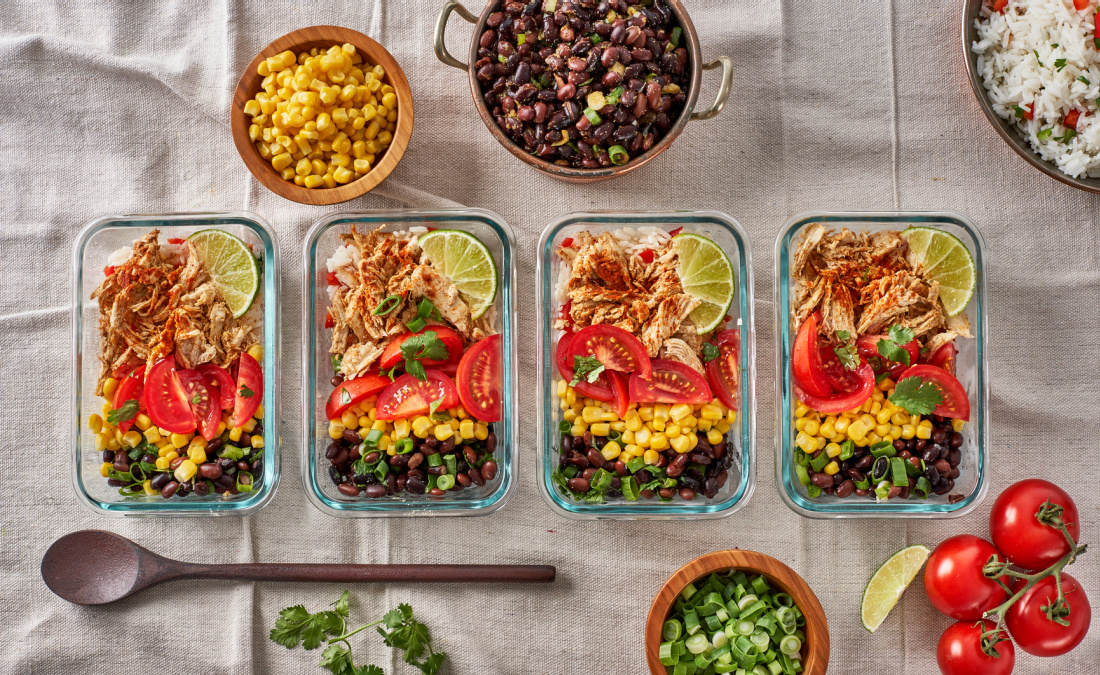
Black Bean Nutrition
100 grams of boiled black beans (~1/2 cup) has:
- 132 calories
- 9 grams of protein
- 0.5 grams of fat
- 24 grams of carbohydrates
- 9 grams of fiber
- 2 mg of iron
2. Pinto Beans
Pinto beans, meaning “painted bean” in Spanish, can be enjoyed in many ways. They are a staple in chili recipes— so hearty and delicious! These beans are also the base for refried beans.
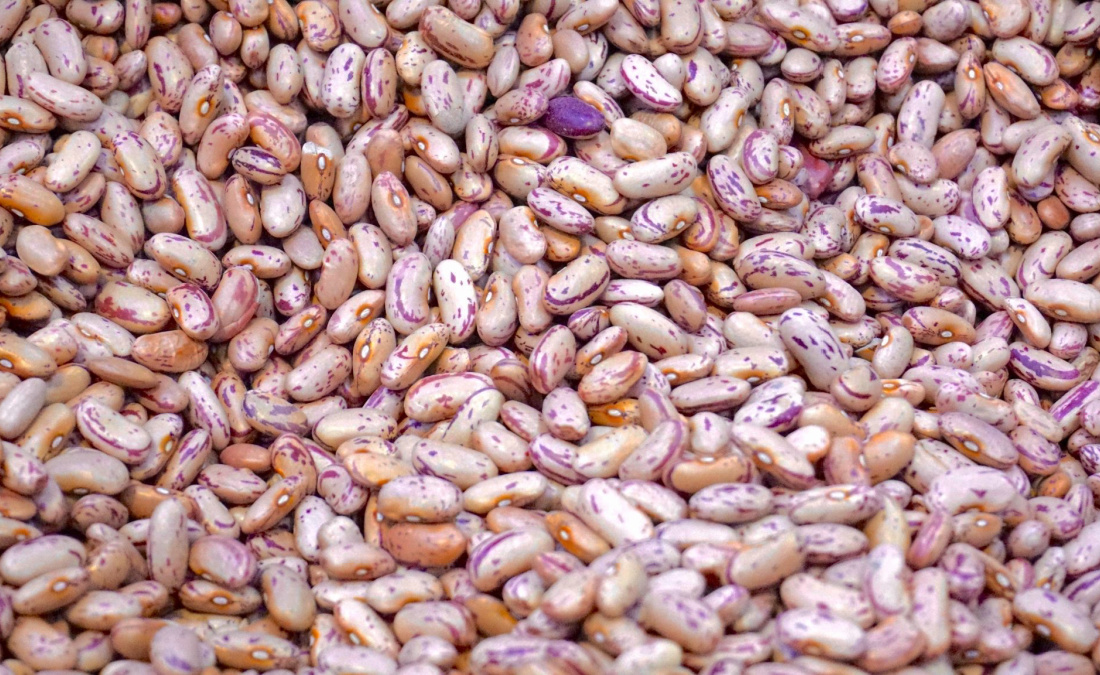
Pinto Bean Nutrition
100 grams of boiled pinto beans (~1/2 cup) contains:
- 143 calories
- 9 grams of protein
- < 1 gram of fat
- 26 grams of carbohydrates
- 9 grams of fiber
- 2 mg of iron
3. Kidney Beans
Kidney beans are, in my opinion, the best for vegetarian chili. Raw beans, however, contain high amounts of phytohemagglutinin, meaning that if you purchase dried kidney beans, you must pre-soak and boil them before consumption. Canned beans, however, are pre-cooked and are perfectly fine to eat.
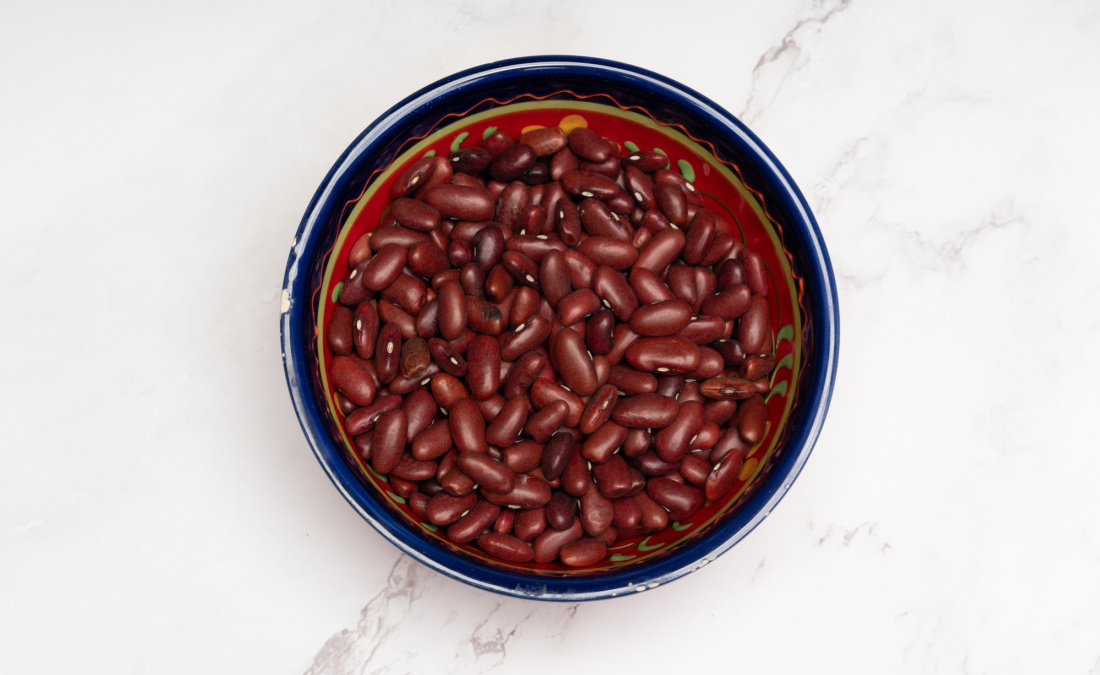
Kidney Bean Nutrition
100 grams of boiled kidney beans (~1/2 cup) contains:
- 127 calories
- 9 grams of protein
- < 1 gram of fat
- 23 grams of carbohydrates
- 7 grams of fiber
- 3 mg of iron
4. Garbanzo Beans
Garbanzo beans, also known as chickpeas, are essential for many dishes and cuisines worldwide. They can be enjoyed in a cold salad, mixed into a soup, or pureed and made into hummus or other dips. The Roman name Cicero derives from the Latin word for chickpea, cicer.
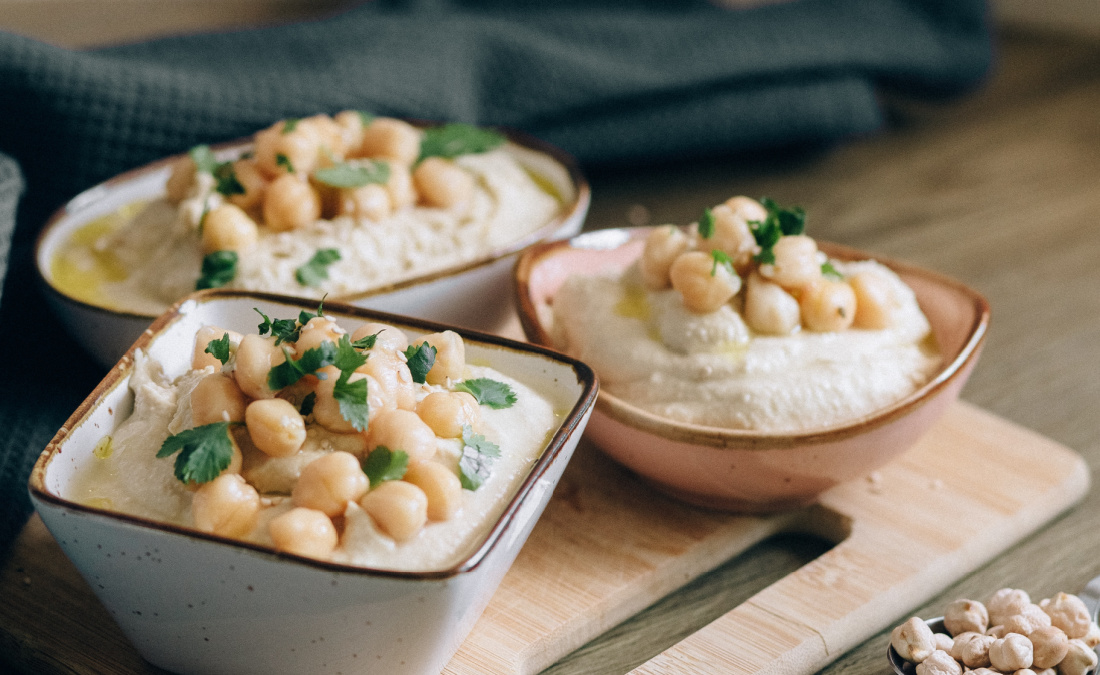
Garbanzo Bean Nutrition
100 grams of boiled chickpeas (~1/2 cup) contains:
- 164 calories
- 9 grams protein
- 3 grams fat
- 27 grams of carbohydrates
- 8 grams fiber
- 3 mg iron
5. Cannellini Beans
Cannellini beans are a variety of white beans popular in Italy, though they come from South America. They are often considered white kidney beans. Stir them into a minestrone soup, sprinkle a handful over a salad, or sauté them with greens and use to top toast.
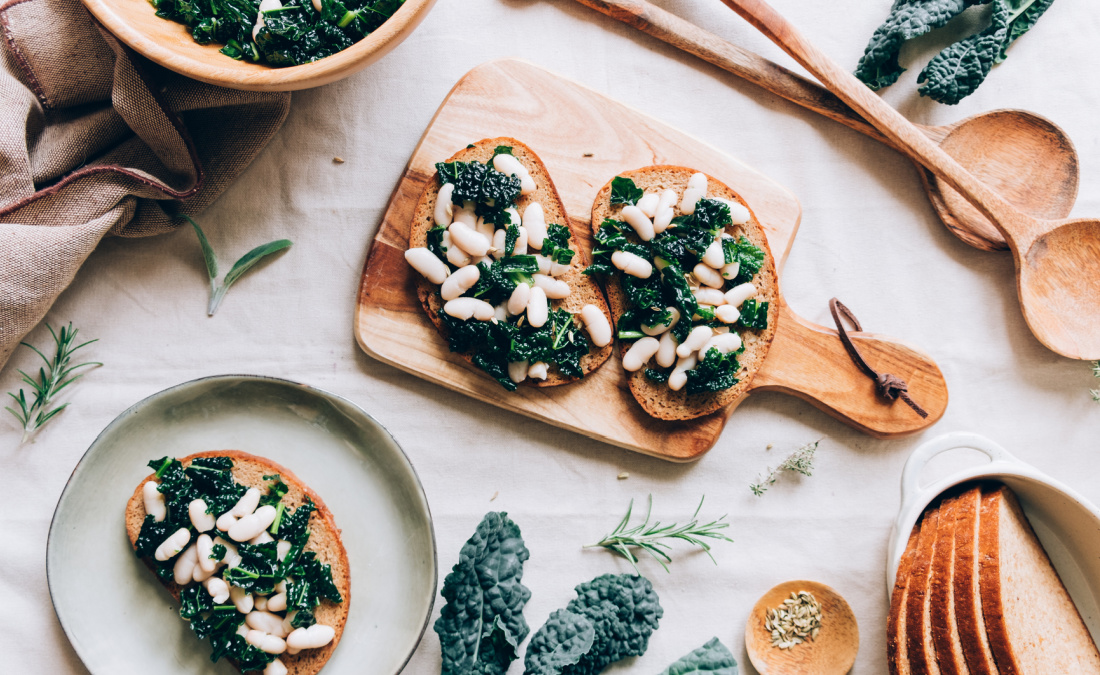
Cannellini Bean Nutrition
100 grams of canned cannellini beans (~1/2 cup) contains:
- 92 calories
- 4 grams protein
- < 1 gram fat
- 18 grams of carbohydrates
- 5 grams fiber
- 1.5 mg iron
6. Soybeans
The soybean has a variety of uses, including producing soy milk, tofu, natto, and texture vegetable protein. However, you can also eat unprocessed soybeans, including immature soybeans, known as edamame. Whether steamed or roasted, edamame is a great high-fiber, high-protein, and low-calorie snack.

Soybean Nutrition
100 grams of cooked soybeans (~1/2 cup) contains:
- 172 calories
- 18 grams of protein
- 9 grams of fat
- 8 grams of carbohydrates
- 6 grams of fiber
- 5 mg of iron
Edamame Nutrition
100 grams of cooked edamame (~1/2 cup) contains:
- 140 calories
- 12 grams of protein
- 8 grams of fat
- 9 grams of carbohydrates
- 5 grams of fiber
- 2 mg of iron
7. Fava Beans
Fava beans are one of the oldest known cultivated crops. They can be enjoyed in a variety of different ways, from frying to steaming. In Italy, fava beans are enjoyed with lamb, or cooked into a soup known as maccu.
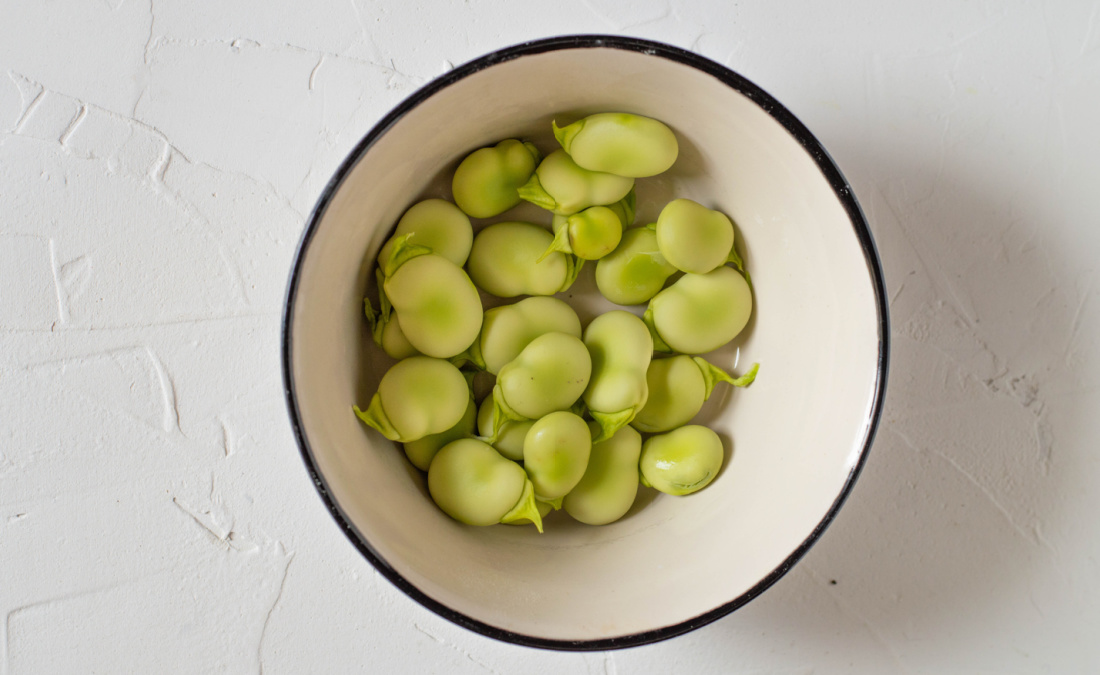
Fava Bean Nutrition
100 grams of boiled fava beans (~1/2 cup) contains:
- 110 calories
- 8 grams protein
- 20 grams carbohydrates
- 5 grams of fiber
- 1.5 mg iron
8. Navy Beans
Navy beans are a kind of white bean that got their name from being commonly served to US Navy sailors for over a hundred years. Because of their small size, they cook quickly. Their smooth texture complements any dish, from soups to stews. Serve them as a side to heartier dishes or sprinkled over salads.

Navy Bean Nutrition
100 grams of navy beans (~1/2 cup) contains:
- 140 calories
- 8 grams protein
- <1 gram fat
- 26 grams of carbohydrates
- 11 grams of fiber
- 2 mg of iron
9. Adzuki Beans
Adzuki beans originated in East Asia and are widely used in Asian cuisine, though they have also gained popularity in the United States. In addition to their red color, adzuki beans are also cultivated in black, white, and grey. All cultivars are rich in antioxidants, but their color impacts their anthocyanin concentration. Whether in soups, salads, or desserts, incorporating adzuki beans into your diet is a delicious way to reap their health benefits.
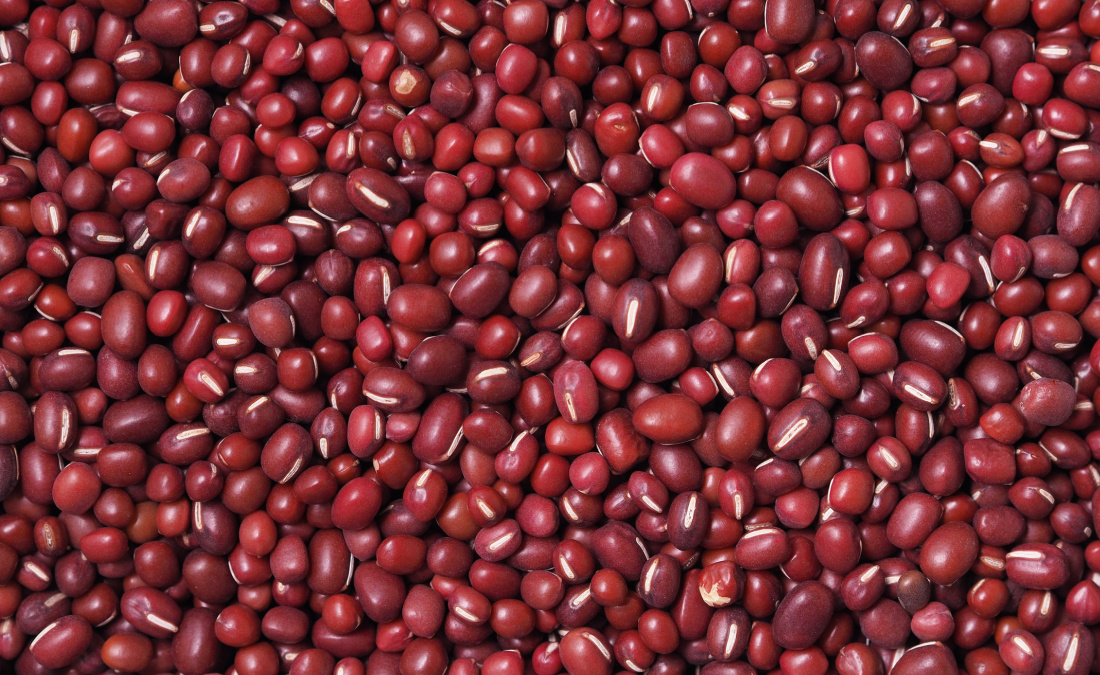
Adzuki Bean Nutrition
100 grams of adzuki beans (~1/2 cup) contains:
- 128 calories
- 8 grams protein
- <1 gram fat
- 25 grams of carbohydrates
- 7 grams of fiber
- 2 mg of iron
10. Pigeon Peas
Pigeon peas, also known as the no-eye pea or gungo pea, have a long history that likely began in India. They’re consumed in many ways across cuisines, from India, where they are enjoyed in dal, and in Central and South America, where they’re eaten with rice.
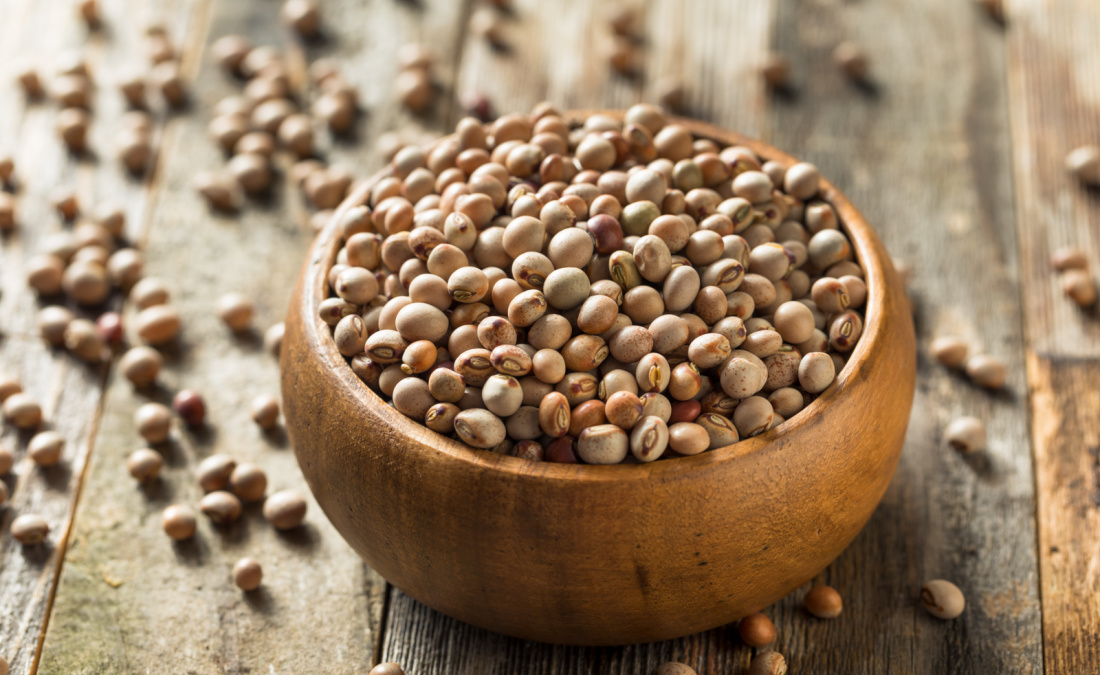
Pigeon Pea Nutrition
A 100-gram portion of cooked pigeon peas (~1/2 cup) contains:
- 121 calories
- 7 grams protein
- <1 gram fat
- 23 grams carbohydrate1
- 7 grams fiber
- 1.1 mg iron
Final Thoughts About “Are Beans Healthy?”
Are beans healthy? Without a doubt, beans are a healthful and delicious way to improve your diet. Now that you’ve read all about these beans, choose one or two ways to incorporate beans into your dishes this week.
Learn more about how canned beans can be a part of your healthy grocery staples.

